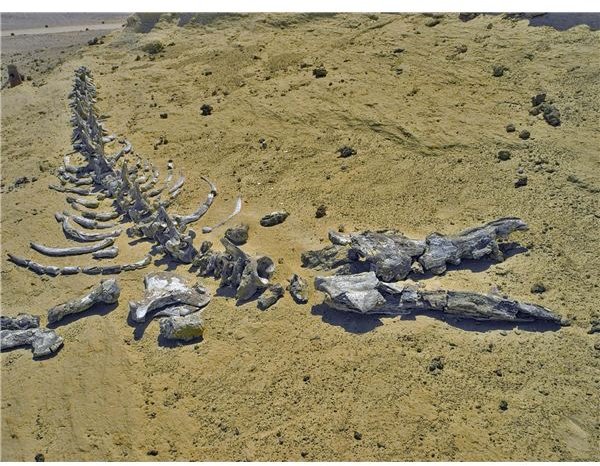
By: Nicole



 This is called the Wild Onion. It
has a distinct onion odor with slender grass-like leaves. It can reach about 2 feet in
height when flowers appear in late summer. They are used as food and medicine
This is called the Wild Onion. It
has a distinct onion odor with slender grass-like leaves. It can reach about 2 feet in
height when flowers appear in late summer. They are used as food and medicine Sauxal Tree, the most dominant, resilient, and important plant in the Gobi desert. It grows slowly, depends on underground water sources can grow up to 4 meters in height. Mature sauxal is a natural desert stabilizer which prevents wind erosion as well as the expansion of desert sands. It also provides habitat for animals, food for camels, and fuel for nomads.
Sauxal Tree, the most dominant, resilient, and important plant in the Gobi desert. It grows slowly, depends on underground water sources can grow up to 4 meters in height. Mature sauxal is a natural desert stabilizer which prevents wind erosion as well as the expansion of desert sands. It also provides habitat for animals, food for camels, and fuel for nomads.
